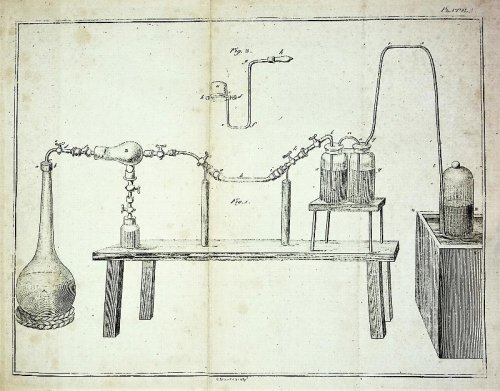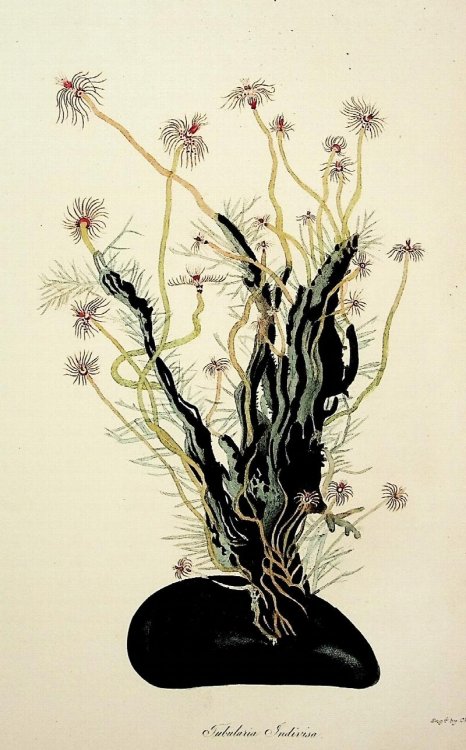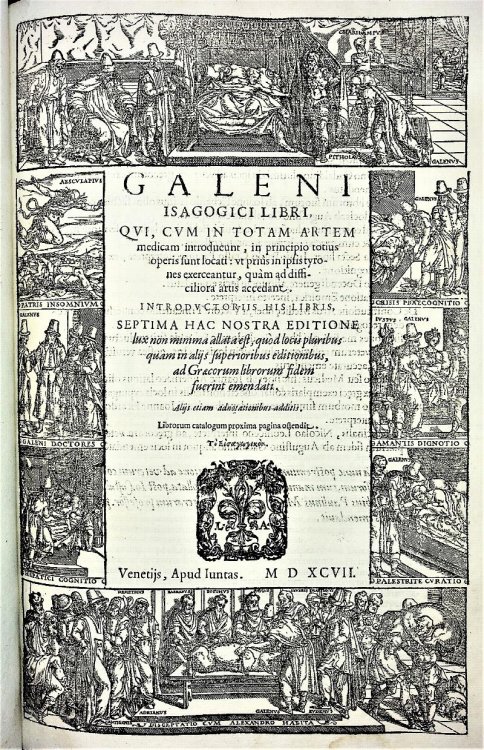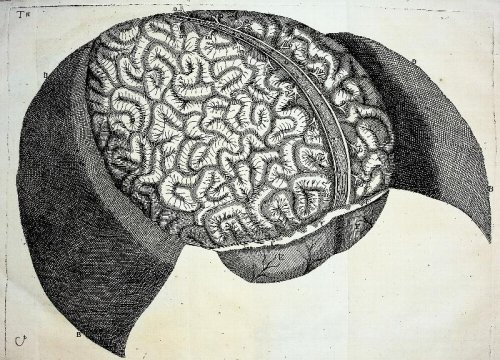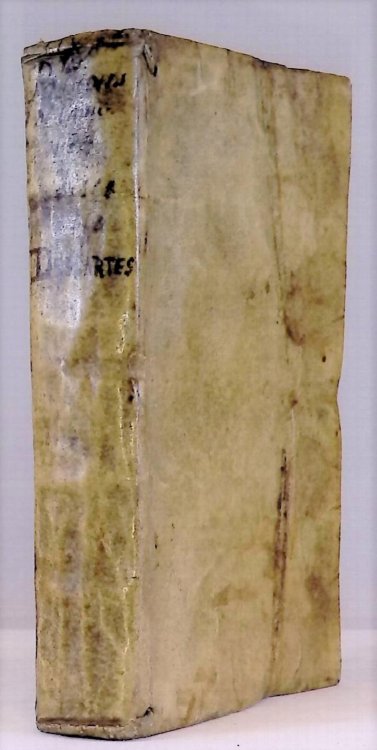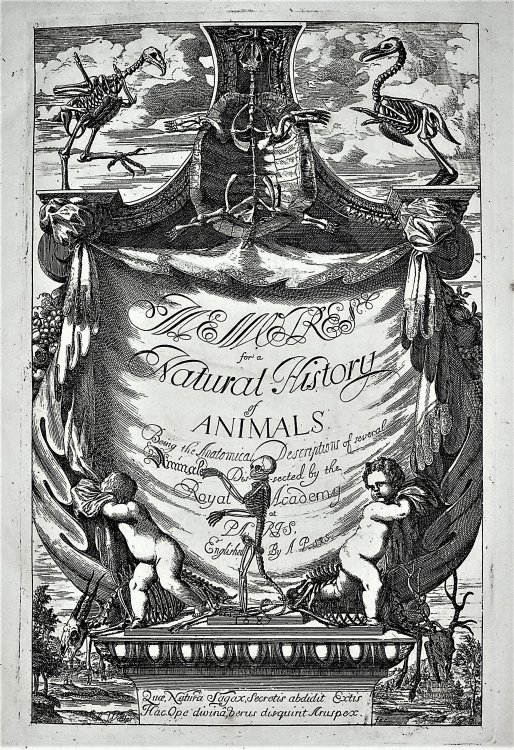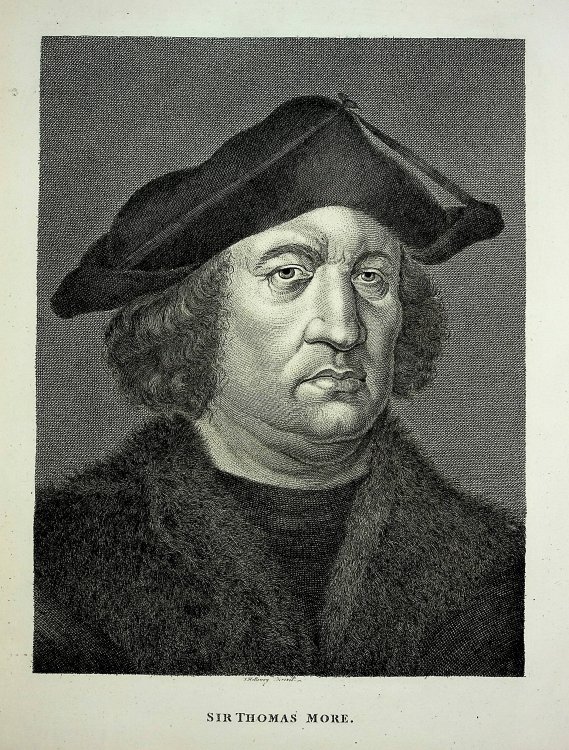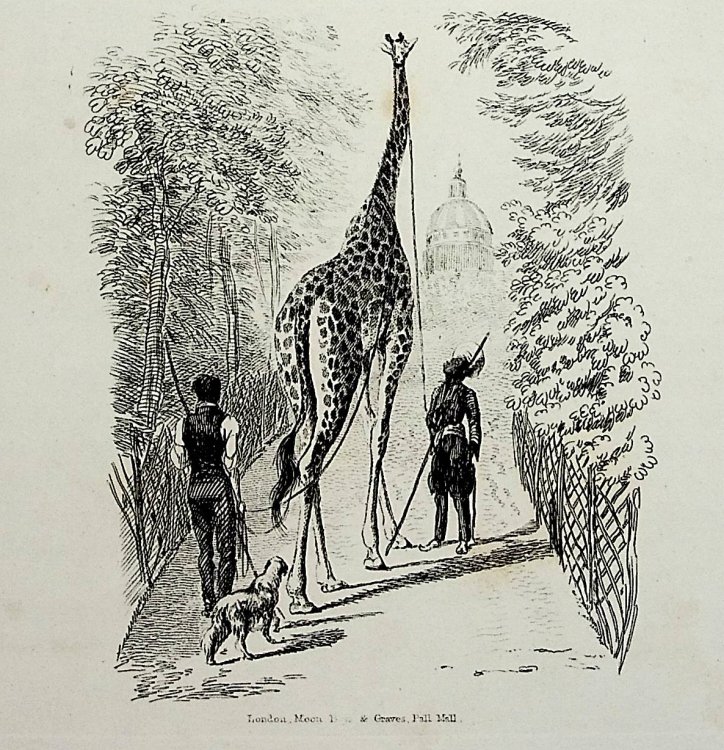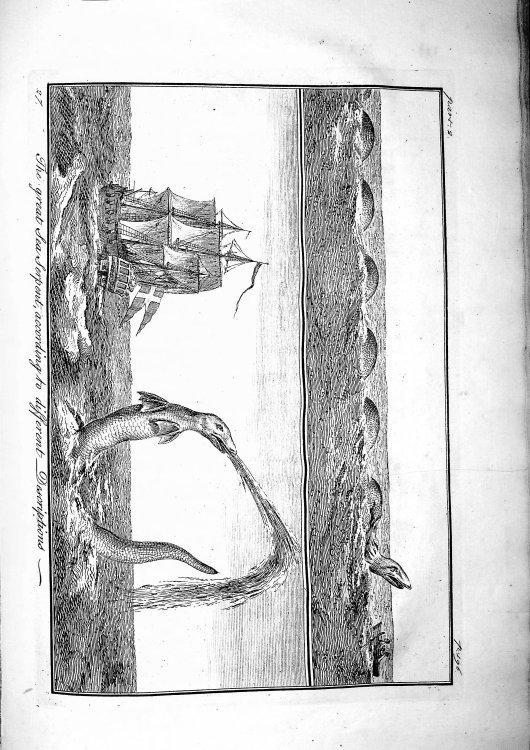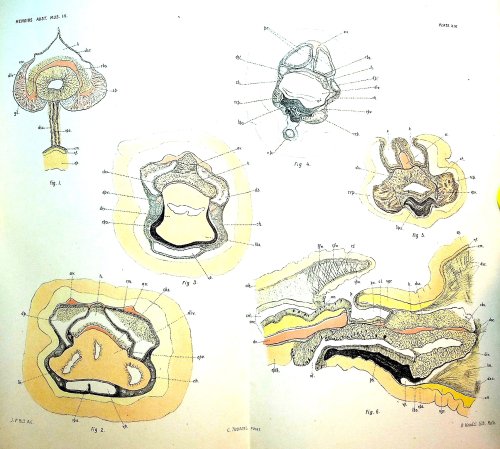
The Alcyonaria of Funafuti Part II
$50.00 USD • Used
1876 MONOGRAPH ON CORALS OF AN AUSTRALIAN ATOLL WITH LITHOGRAPHIC PLATES.
15.5x24.5 cm offprint in salmon paper wraps, [307-346]pp, 7 lithographic plates (4 are colored, of which 1 is do...
1876 MONOGRAPH ON CORALS OF AN AUSTRALIAN ATOLL WITH LITHOGRAPHIC PLATES.
15.5x24.5 cm offprint in salmon paper wraps, [307-346]pp, 7 lithographic plates (4 are colored, of which 1 is double-paged). Closed tear (repaired) to fore edge of front paper cover, browning to page edges, text and plates clean and unmarked, very good in mylar sleeve.
THOMAS WHITELEGGE (1850-1927), naturalist, was born into poverty, He left school at the age of 8 and worked in factories around Cheshire. Apprenticed to a hatter, he broke his indentures. He lived as a fugitive for two years on a farm at Hurstbrook, Lancashire, where he developed an interest in natural history and obtained work as a journeyman with a hat manufacturer who was sympathetic to his plight. When his life became less troubled, Whitelegge read and attended lectures in natural history. Interested in geology, he began a fossil collection which brought him into contact with the local societies of artisan naturalists. In 1874 he joined the Ashton-under-Lyne Linnean Botanical Society and began to study botany. He quickly gained a reputation for his knowledge of local natural history, particularly microscopic pond life. In his early twenties he founded the Ashton Biological Society, began publishing authoritative natural history articles in local newspapers and taught botany at the Albion Schools. His research into plant reproductive strategies led him into a correspondence with Charles Darwin. After his mother died, Whitelegge migrated to Australia with his family in 1882; they reached Sydney in the Euterpe on 12 February 1883. Finding work as a plasterer and in a brewery, he soon met Rev. Julian Tenison-Woods, president of the Linnean Society of New South Wales. Proposed for membership by (Sir) William Macleay, Whitelegge attended the society's weekend gatherings at Macleay's Elizabeth Bay House. He also joined the Royal Society of New South Wales that year. Through this circle of naturalists and professional scientists, he met E. P. Ramsay, curator of the Australian Museum, where he was given a temporary position. Whitelegge investigated oyster pests of New South Wales for the museum's trustees in 1884 and in 1887 was appointed senior scientific assistant in charge of lower invertebrates. Whitelegge was a biologist in the broadest sense. As a botanist, he was an authority on mosses and produced a catalogue of the frondose mosses of Australia. As a zoologist, he wrote on many invertebrate phyla: Protozoa, Porifera, Cnidaria, Annelida, Crustacea and Echinodermata. He published important papers on the invertebrates of Funafuti, on those of Port Jackson, and on the crustaceans and sponges collected by the Thetis expedition. A councillor (1890-96) of the local Linnean Society, Whitelegge was elected a fellow (1889) of the Royal Microscopical Society, London. He taught botany for many years at the Sydney Mechanics' School of Arts and at Sydney Technical College. Octocorallia (also known as Alcyonaria) is a subclass of Anthozoa comprising around 3,000 species of water-based organisms formed of colonial polyps with 8-fold symmetry. It includes the blue coral, soft corals, sea pens, and gorgonians (sea fans and sea whips) within three orders: Alcyonacea, Helioporacea, and Pennatulacea. These organisms have an internal skeleton secreted by mesoglea and polyps with eight tentacles and eight mesentaries. As with all Cnidarians these organisms have a complex life cycle including a motile phase when they are considered plankton and later characteristic sessile phase. Funafuti is an atoll on which the capital of the island nation of Tuvalu is located. It has a population of 6,194 people (2012) making it the most populated atoll with 57.2 percent of Tuvalu.
Product Info
Publisher: Australian Museum
Year: 1876
Type: Used
Binding: Softcover
First Edition
Seller Info
BiomedRareBooksLLCABAAILABIOBA
Address: P.O. Box 193 North Garden, Virginia
Website: https://www.biomedrarebooks.com
Country: United States
